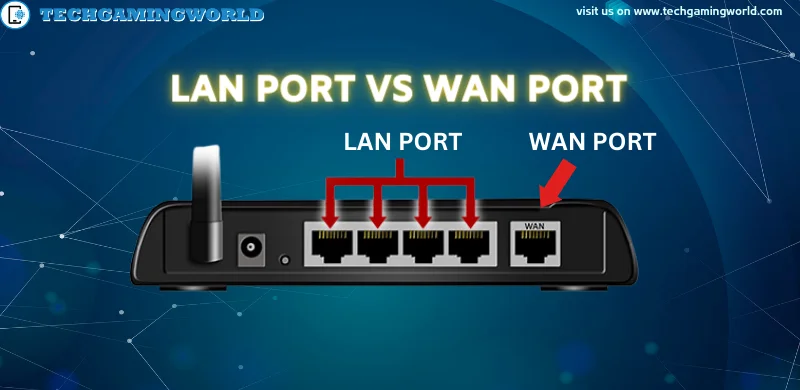LAN Port vs WAN Port What’s the difference ? How to use Complete guide 2024
This article is About LAN Port vs WAN Port. In the realm of networking, LAN (Local Area Network) and WAN (Wide Area Network) ports serve distinct purposes in facilitating connectivity and data transfer. Understanding the differences between these two types of ports is essential for setting up and managing network infrastructure effectively.
This article aims to provide an in-depth exploration of LAN ports and WAN ports, highlighting their functionalities, characteristics, and applications. By grasping the distinctions between LAN and WAN ports, users can make informed decisions when configuring their network setups to meet their specific requirements.
WHAT IS LAN AND WAN
What Is LAN Port (Local Area Network)
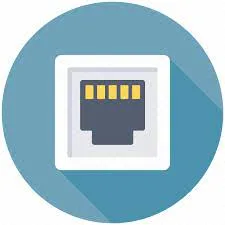
LAN ports are physical connectors found on network devices, such as routers, switches, or modems, that facilitate communication within a Local Area Network. Here are key aspects of LAN ports:
Local Network Connectivity
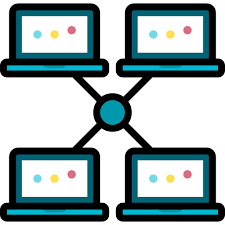
LAN ports are used to connect devices within a local network, such as computers, printers, or gaming consoles, enabling data exchange and resource sharing within a limited geographical area, like an office, home, or campus.
Ethernet Connectivity

LAN ports typically utilize Ethernet technology, employing Ethernet cables to establish a wired connection between devices. They adhere to Ethernet standards such as 10/100/1000 Mbps (megabits per second), commonly known as Fast Ethernet or Gigabit Ethernet Ports Light Blinking .
Data Transfer Speed:

LAN ports offer high-speed data transfer rates, allowing for quick and reliable communication between connected devices. This makes LAN ports suitable for tasks that demand low latency, such as file sharing, local gaming, or streaming media within the network.
What is WAN Port (Wide Area Network)
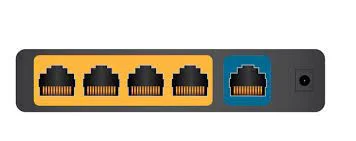
WAN ports are designed to connect a local network to external networks, such as the internet or other wide area networks. Here’s what you need to know about WAN ports: Read Why Wifi Not Working But Ethernet Is Working? Complete Guide How To Fix it .
External Network Connection:

WAN ports establish connectivity with external networks outside the local network, enabling access to the internet, other branch offices, or remote locations. They serve as gateways between the local network and external networks.
Internet Service Provider (ISP) Connection:
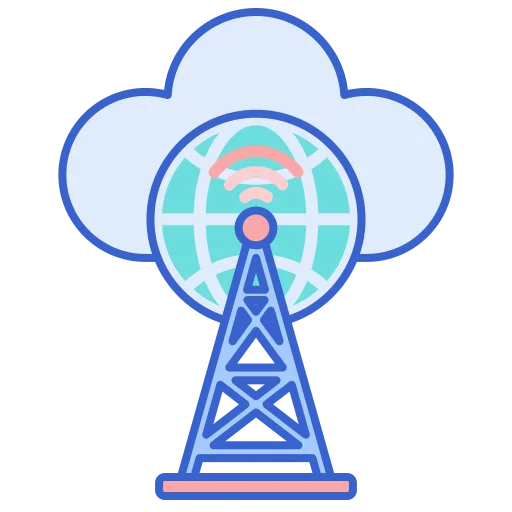
WAN ports are used to connect the local network to the internet through an Internet Service Provider. The WAN port is typically connected to a modem or a router that is configured to communicate with the ISP. You can also read How to Know if Router is Going Bad
Wide Area Network Protocol Support:
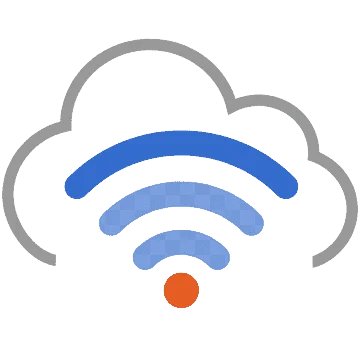
WAN ports support various wide area network protocols, including DSL, cable, fiber optic, or wireless technologies such as 3G/4G/5G. The type of WAN port used depends on the specific connection technology provided by the ISP.
LAN Port vs WAN Port
LAN ports are used for connecting devices within a local network, enabling communication and data exchange within a limited geographical area. They typically utilize Ethernet cables for high-speed wired connections. On the other hand, WAN ports are used to connect local networks to external networks, such as the internet or other wide area networks.
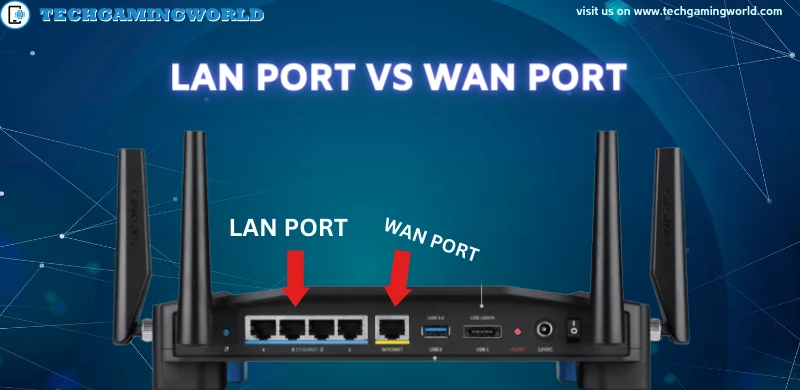
They establish connectivity with external networks through various protocols provided by ISPs. WAN ports enable access to resources outside the local network. Understanding the distinctions between LAN and WAN ports is crucial for setting up and managing network connectivity effectively.
Distinguishing LAN and WAN Ports
Here are the key distinctions between LAN and WAN ports:
Purpose: LAN ports facilitate internal communication within a local network, while WAN ports establish connections between the local network and external networks, such as the internet.
Network Size: LAN ports are used within a limited geographical area, typically within a building or campus. In contrast, WAN ports connect networks across larger distances, often spanning multiple locations or even continents.
Connectivity Speed: LAN ports offer high-speed connectivity within the local network, providing quick data transfer rates for local communication. WAN ports’ data transfer speeds depend on the specific connection provided by the ISP, which may vary and can be slower compared to LAN speeds.
Cable Connection: LAN ports commonly use Ethernet cables for wired connections within the local network. WAN ports may employ different types of cables based on the specific wide area network technology, such as coaxial cables, fiber optic cables, or telephone lines.
Network Configuration: LAN ports are typically configured with private IP addresses within the local network, while WAN ports receive public IP addresses assigned by the ISP for external network connectivity.
Conclusion
LAN port and WAN port serve distinct functions in networking, enabling internal communication within local networks and establishing connections with external networks. LAN ports facilitate communication within a limited geographic area, utilizing Ethernet technology for high-speed data transfer. WAN ports connect local networks to external networks, such as the internet, through various wide area network protocols provided by ISPs.
Understanding the LAN Port vs WAN port is crucial for designing and managing efficient network infrastructure. By leveraging the capabilities of both LAN and WAN ports, organizations and individuals can create robust and interconnected networks to meet their specific connectivity needs.
FAQs

About Author
I am EDIE MILES, the founder of TechGamingWorld, a blog. in which is an online gaming community dedicated to providing the latest news and reviews about the world of online games, including PC and console games. Read More

